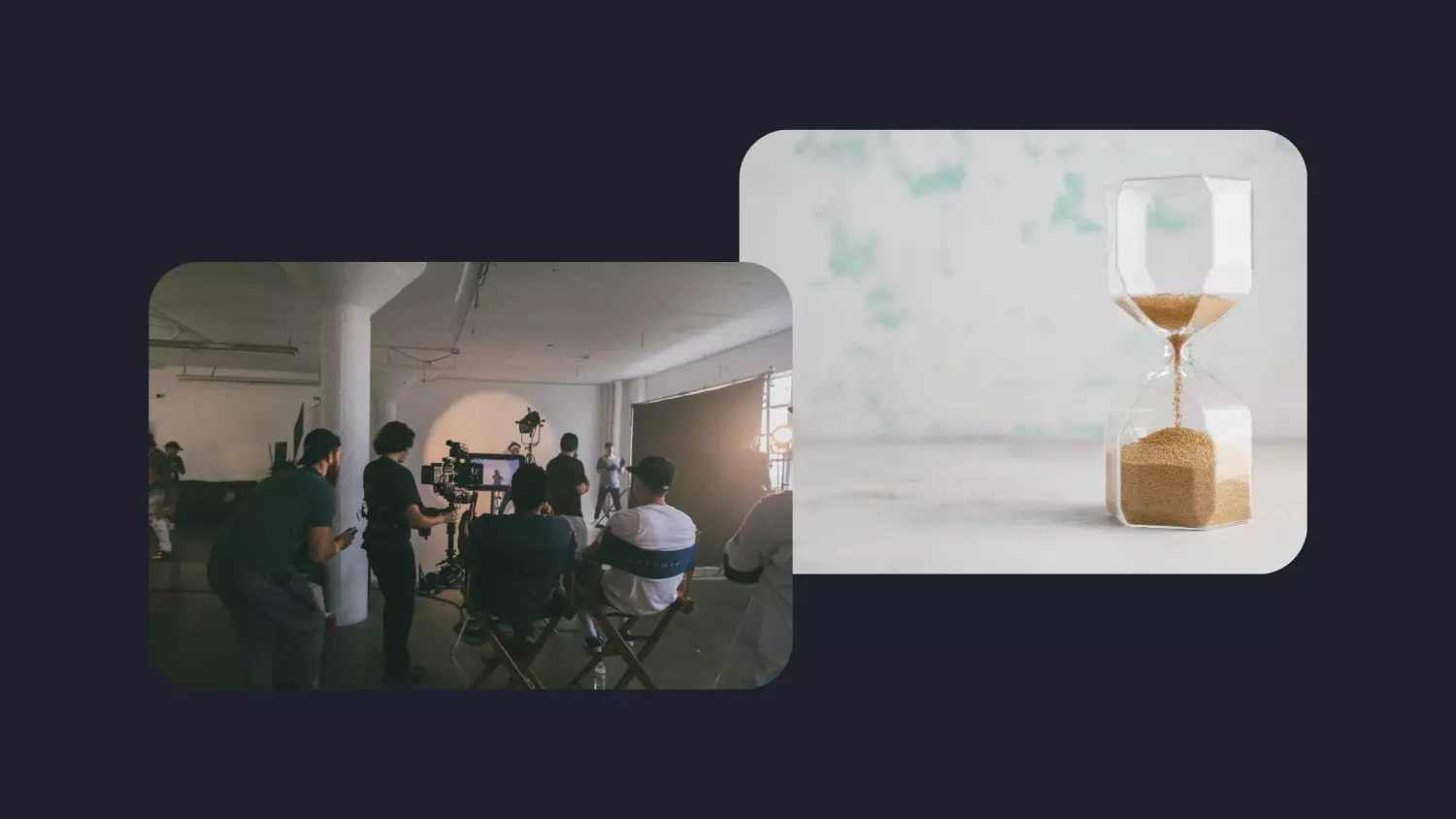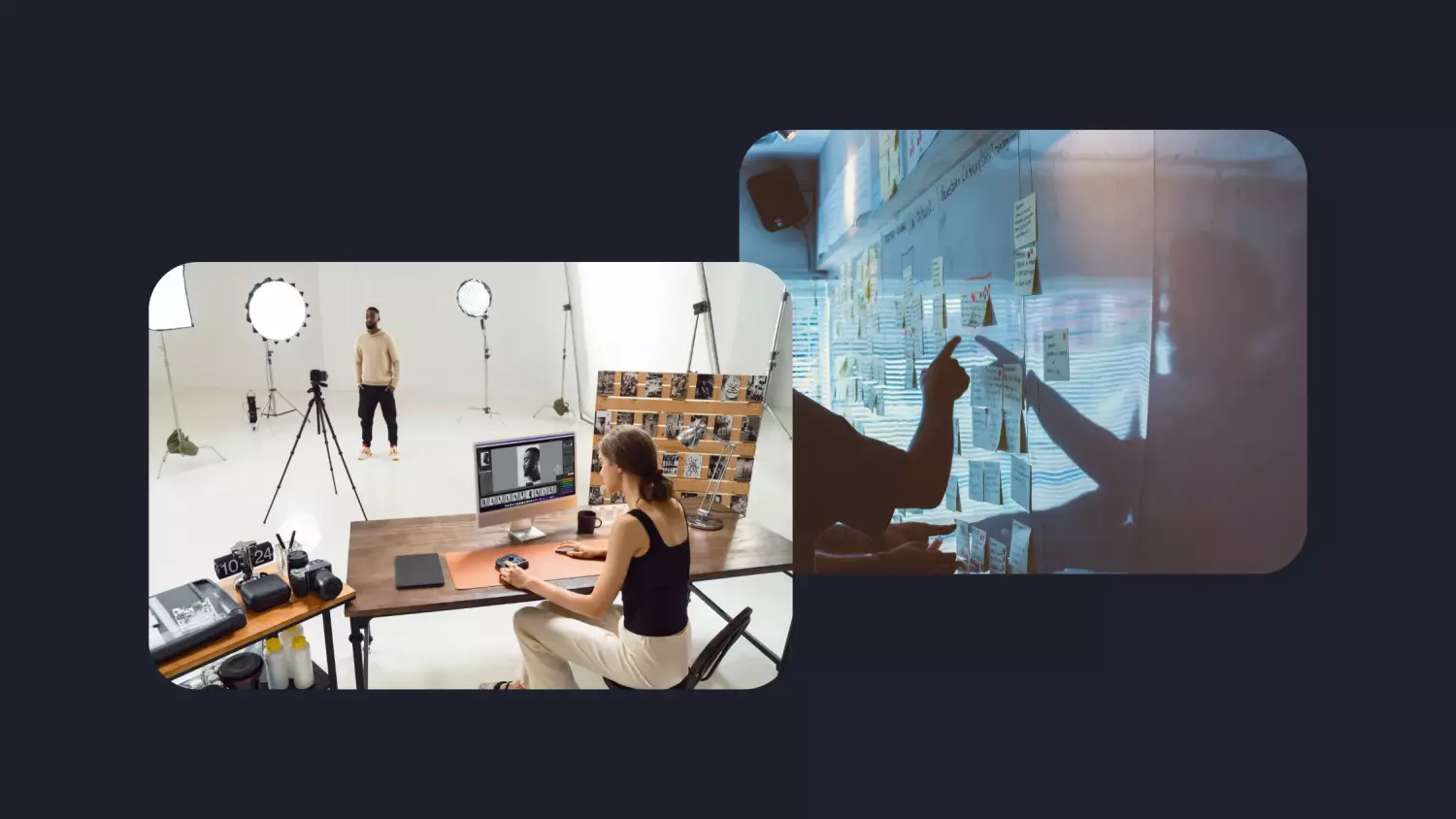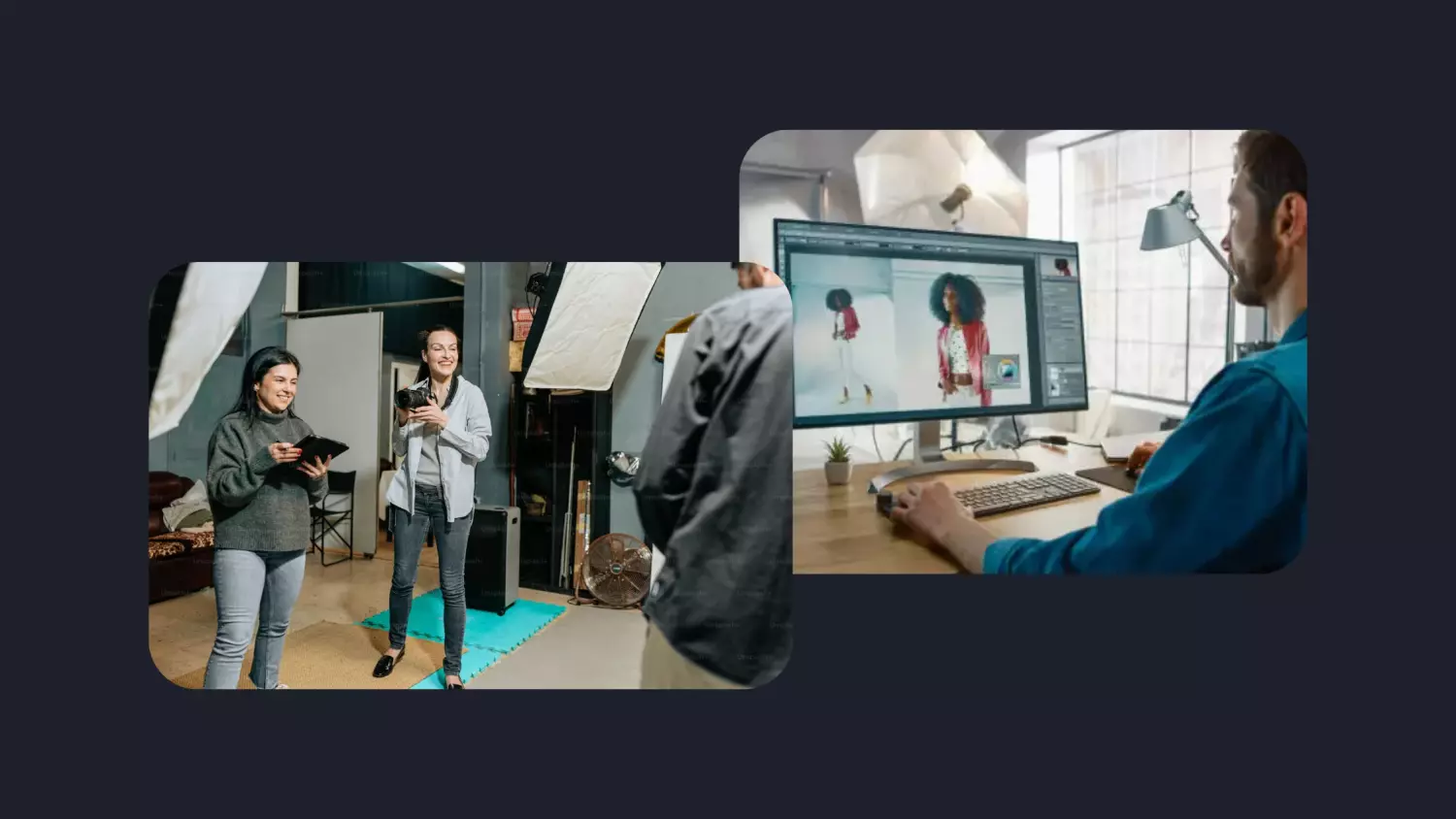When it comes to fashion and eCommerce, one thing is certain—change is the only constant. At this year’s London Fashion eCommerce Summit, the panel on “The New Retail Landscape: Navigating Social Commerce” shed light on the transformative power of social platforms in the retail space. With insights from industry leaders like Osprey London, LESTRANGE, and Vintage Threads, the conversation was a masterclass on how brands can thrive in the era of TikTok, Instagram, and live shopping.
Moderated by Alex Vaidya, CEO & Founder of StoryStream, the panel featured:
- Lana Rush, Head of Marketing at Osprey London
- Lauren Kam, Product & Brand Marketing Lead at LESTRANGE
- Charlie Oxley, Founder & Managing Director at Vintage Threads
Together, they unpacked the nuances of social commerce—a phenomenon that’s reshaping how brands interact with consumers. Here’s our recap of the session’s highlights and why it matters to brands and retailers navigating the intersection of social media and commerce.

Social media isn’t just for likes anymore
Social platforms have gone beyond being places to post pretty pictures—they’re driving traffic and helping people discover brands. But while social media is great for visibility, it’s not always where people make purchases.
Take Lana from Osprey London. For them, social is more about getting people interested and sending them to their website or stores. On the other hand, Vintage Threads uses social media to showcase its personality, with employees creating authentic content that feels more relatable.
People connect with stories, not just sales pitches. Using social media to build trust and spark interest is just as important as closing a sale.
TikTok is the new Google
Did you know that Gen Z is more likely to search for recommendations on TikTok than on Google? Yes, TikTok isn’t just a platform for dance videos any more—it’s where people go to discover products and places. Charlie from Vintage Threads shared how they’ve worked with TikTok creators to attract customers to their stores. Instead of ads, they’ve focused on content that blends seamlessly into people’s feeds, like “day in the life” videos.
If you’re not thinking about TikTok as part of your strategy, you might be missing out on where the next generation of shoppers is spending their time.
Personalisation is non-negotiable
Lana mentioned how Osprey London recently revamped their website to offer a more personalised shopping experience. From showing customers products based on their preferences to testing different types of content (videos, photos, etc.), their goal is to make shopping feel less like a chore and more like a tailored experience.
Customers expect brands to “get them.” Offering content and products that feel personal can make all the difference.
We revamped our tech stack to focus on personalisation—if someone's preferences lead them to product videos instead of static images, we want to deliver that experience.
Lauren Kam, Product & Brand Marketing Lead, LESTRANGE
Live shopping: Is it worth the hype?
Live shopping came up as a big opportunity for brands. Charlie from Vintage Threads shared how live streams aren’t just about selling products—they’re a way to connect with customers in real-time, answer their questions, and even plant the seeds for future purchases.
Lana emphasised that if brands want to succeed with live shopping, they need to commit to it. Doing one stream and calling it a day won’t cut it.
Live shopping is more than a sales tool. It’s an opportunity to connect with your audience in real time and build lasting relationships.
Sustainability is a must, but keep it real
All the panellists agreed that sustainability is no longer optional for brands, but how you communicate it matters.
For example, Osprey London keeps things local—they’ve transformed their HQ into an eco-friendly space with recycled rainwater, solar energy, and even beehives. On the other hand, LESTRANGE focuses on sharing stories about their sustainable fabrics and B Corp certification in ways that excite their customers.
You don’t need a massive marketing campaign to show you care about the planet. Be transparent and share what you’re actually doing—that’s what people want to see.
Consumers can see through insincere sustainability campaigns. Authenticity matters, and showing the behind-the-scenes efforts of your team is often more impactful than a flashy marketing push.
Charlie Oxley, Vintage Threads
Final thoughts….
The London Fashion eCommerce Summit showed us that social commerce is here to stay, but it’s not just about jumping on trends. It’s about understanding your audience, being authentic, and meeting them where they are—whether that’s on TikTok, in a store, or scrolling through your website.
The panel confirmed what we’ve always believed: eCommerce is about more than just selling products. It’s about creating experiences.






